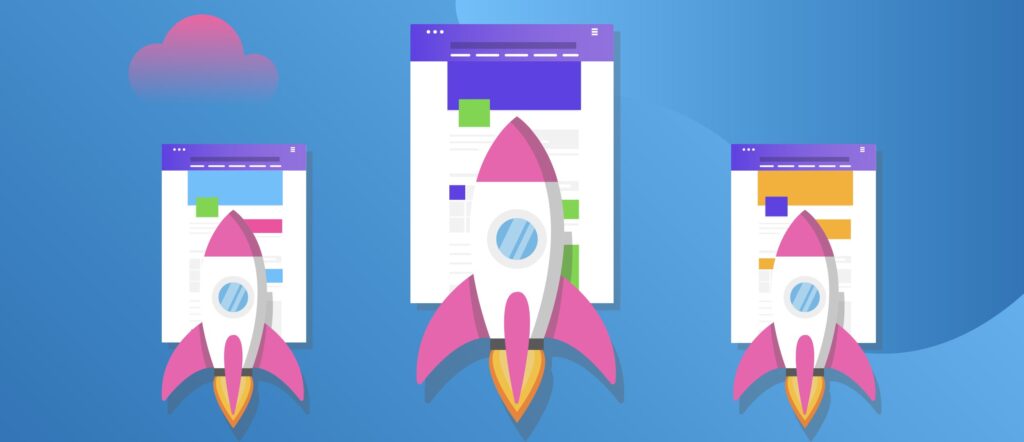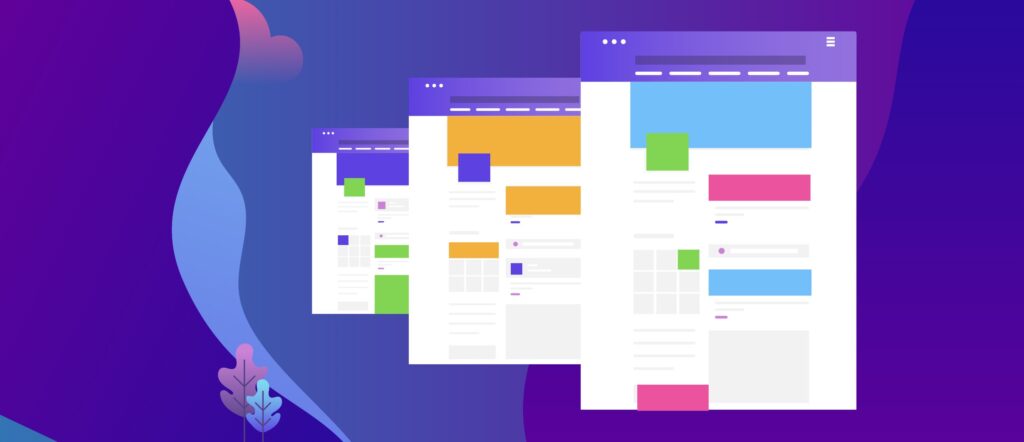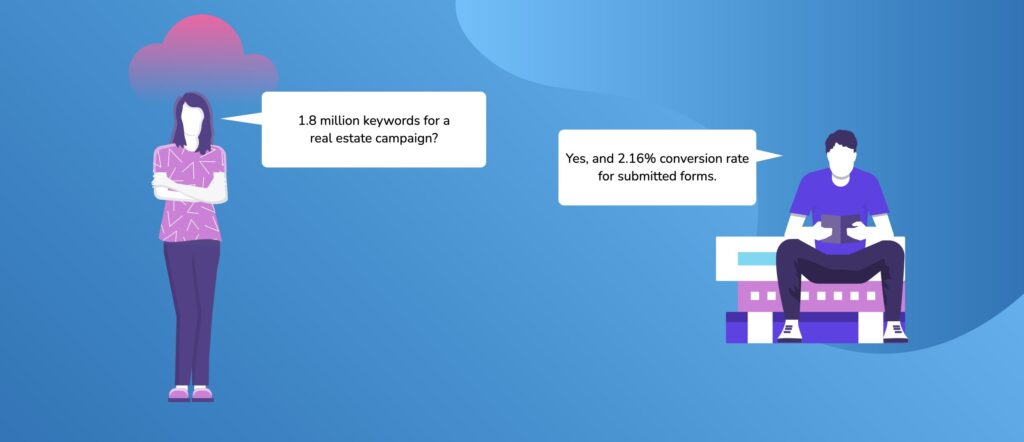
The Endless Vastness Of Navigational Search Intents – How To Efficiently Cover Every Corner Of The World
The Google search network essentially distinguishes between three different types of search intentions of its users: transactional, informational and navigational. In this article, we will focus on the last category, explain the nature of navigational search intentions, and further show why the navigational spectrum can quickly reach dizzying proportions. However, there is also a solution to deal with this phenomenon.
The nature of navigational search queries
Navigational search queries – or at least the part we want to deal with in this article – put a product/service in direct relation to a location, so want to find out, for example, where to buy the latest sneakers in London. If these sneakers are sold all over the world, the dimension of such a campaign can already be guessed if we take both countries and cities as the basis for the location.
In addition, navigational search queries also include location-based searches with keywords such as “near me”, although in some cases the mere mention of the desired product/service without any addition can be sufficient, for example if the user has activated his location services during the search.
Some sources also classify specific searches for websites as navigational, but this definition is not the focus for this article, as only location-based searches such as for chain stores are relevant here.
Navigational searches in the funnel
The exact location of users with navigational search queries in the funnel is not so easy, as the different user types diverge significantly here. A purchase intention can, but does not necessarily have to be present. For example, users could simply search for specific locations free of any economic transaction. The combination of a location and a product/service as a search term, on the other hand, can, for example, identify a user who wants to make a stationary purchase.
According to a recent study, navigational search queries only account for around 10% of all search queries, while the informational sector takes the lion’s share with around 80%. However, navigational searches can also be classified as informational in nature, for example when users use their navigational search to ask whether product X is also available in their town.
In addition, the example of the stationary shopper very clearly shows the potential to pick up users who are already far advanced in the funnel. Consequently, broad-based navigational campaigns can make sense in any case – but agencies have so far generally shied away from them because the effort involved is disproportionate to the yield, which is difficult to predict.
Why navigational campaigns can quickly take on dizzying proportions
The reason why navigational campaigns can quickly take on dizzying proportions was already briefly touched on in the previous section. If a brand sells its product in every conceivable location worldwide, the brand would have to develop its own landing page for each of these locations in order to achieve the best possible relevance, for example to adequately provide a presentation of the store and directions to it.
The whole thing becomes even more complicated if you consider the logistics business field, for example: Here, even two locations could be combined in the search query if, for example, a user is looking for a way to transport product X from A to B. This would be a very complex task. A holistic campaign that maps the company’s entire capacity would therefore have to combine all locations with each other.
By today’s standards, this is a huge and also diffuse effort – after all, the company can only roughly estimate in advance which combinations will be searched for in the first place.
How lyftyfy automatically generates highly individualized landing pages on any given topic
The ads architecture lyftyfy automates the time-consuming process of individual landing page generation and creates dynamic content for any keyword combination at the push of a button. Thus, in lyftyfy’s logic, the answer to the question of which combination the company should choose is: Simple for all. Because the ads architecture doesn’t care whether it should generate a hundred, a thousand, or up to 4 million (and that’s just Google’s limit), because the effort always remains the same.
For each keyword combination lyftyfy generates not only its own ad, but also the appropriate landing page. For each keyword – and consequently all its combinations – own content elements can be defined to always play out an individualized and highly relevant landing page for whatever search query.
The result is landing pages with a high quality factor, which is ultimately reflected in lower click prices (or higher ad ranks) and higher conversions.
More cases
Thus, the Ads architecture is perfectly suited for cases where navigational search plays a major role and the combinatorics from both places are important.
In addition to the already cited example of the logistics company, these can also be, for example, agents of services that operate throughout Germany or Europe. These can be portals for tradesmen or doctors, for example. In this case study, in addition to the variety of locations, there is also the variety of individual trades and medical professions, which in combination leads to a whole series of ads and landing pages.
There are no limits to creativity with landing pages – completely custom elements and consequently a completely different appearance are possible at keyword level.


